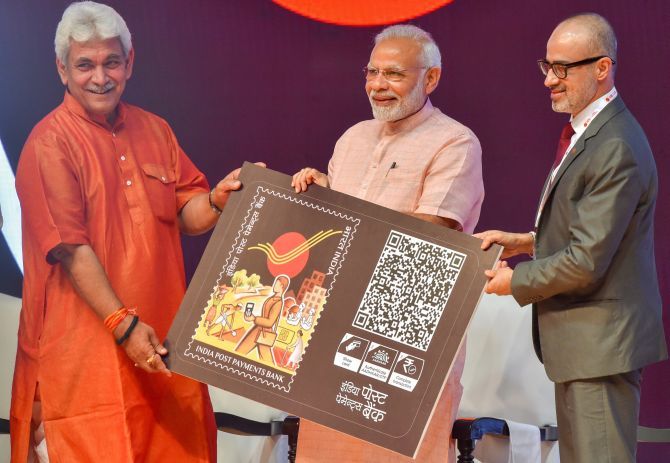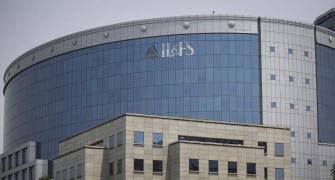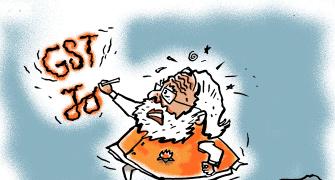While payments banks surely lose money, their operating ratios were looking better in 2017-18 compared to the year before. This implies that as customer volumes start picking up, the business models may perk up too, says R Jagannathan.

The Reserve Bank of India’s Trend and Progress of Banking In India 2017-18 seems to suggest that payments banks are still to find their feet, with net losses for five banks more than doubling from Rs 242 crore in 2016-17 to Rs 516 crore.
While the data is available for five banks, as on date there are six payments banks in existence: Airtel, Jio, Aditya Birla, Paytm, Fino, and India Post.
The first three are essentially payments banks that started as adjuncts to the promoters’ mainstream telecom business where they have millions of customers, while the last three are purer-play financial entrants.
Payments banks are essentially vehicles for financial inclusion, and they are expected to use technology to expand reach where branches and ATMs cannot be viable.
They are allowed to accept deposits up to Rs 100,000 per account, and 75 per cent of this has to be invested in government securities.
Not more than 25 per cent can be invested in fixed deposits with regular banks.
Since they are constrained on both the assets and liabilities sides, their business model has to be built on the narrow spreads available between their deposit rates, and yields on short-term government paper or bank fixed deposits.
They can also make money from idle cash left as part of e-wallets, which was the avatar in which Paytm was formed.
However, a straight reading of the RBI’s report does not do full justice to the performance of payments banks in such a short term.
Reason: as with any new business, initial investments in infrastructure, marketing, KYC (know-your-customer) compliance, and customer acquisition costs tend to be high.
A closer look at some of the other ratios indicates that while payments banks surely lose money, their operating ratios were looking better in 2017-18 compared to the year before.
This implies that as customer volumes start picking up, the business models may perk up too.
Between 2016-17 and 2017-18, payment banks’ return on assets improved from -25.2 to -10.6, while net interest margins went up from 2.8 per cent to 4.5 per cent.
The high net interest margins suggest that a lot of the cash with payments banks may well be interest-free wallet money, with the free float being deployed in higher-yield government bonds.
Clearly, it is too early to write off payments banks as unviable, for it is only when their customer volumes are cranked up that we can see the full benefits of scale achieved at low per-customer overheads.
Moreover, there are company-level issues that may have prevented payments banks from doing better.
In the case of Airtel Payments Bank, Paytm and Fino, for instance, the RBI barred them from adding new banking customers for various transgressions, including opening accounts without the customer’s knowledge (Airtel), for inadequate security on customer data (Paytm), and for non-adherence to the upper limit for deposits (Fino).
These restrictions surely cramped their growth earlier.
The bans have now been lifted, and all three should be growing again.
As for Aditya Birla Payments Bank and Jio, their operations are linked to their telecom user bases, and could see some accretions.
India Post, which is the government’s post office outfit with over 1,50,000 branches, most in rural areas, should be the payments player to watch, as it has both physical and digital access to millions of lower-value customers.
The restrictions on deposits and ban on lending even small amounts to safe customers circumscribe the business models of payments banks needlessly.
Some tweaks in rules are called for.
For example, in case customer balances rise temporarily above the Rs 100,000 ceiling, payments banks can be given time to bring them down or retain the money with no interest being paid.
Also, good customers can be given overdraft facilities, which can allow for some lending operations with higher margins.
It is too early to write the epitaph of payments banks, for they are still to leverage scale and size to really make their business models work profitably.
R Jagannathan is editorial director, Swarajya










